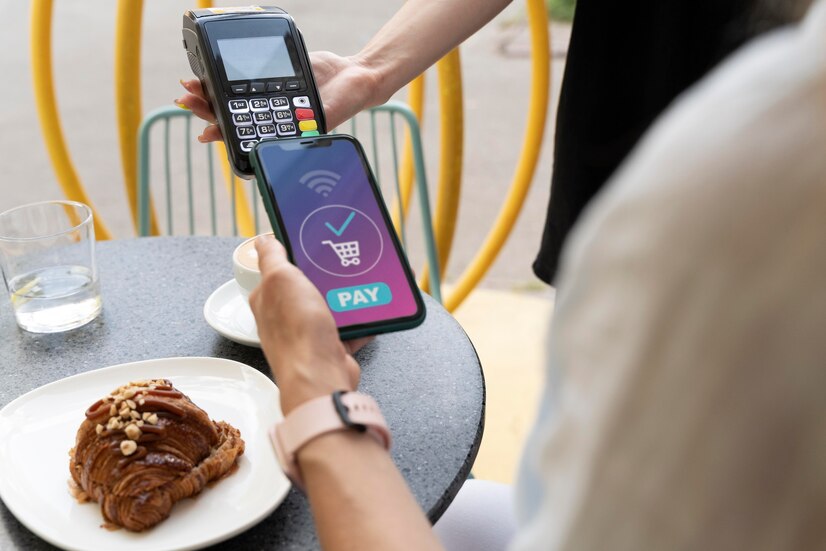NFC Technology: Bridging the Gap Between Physical and Digital
 genun tech
genun tech
The lines between physical and virtual interactions are blurring in our increasingly digital world. Near Field Communication (NFC) technology is pivotal in this transformation, allowing seamless communication between devices nearby. From contactless payments to intelligent marketing solutions, NFC is redefining how we engage with our surroundings, offering convenience and enhancing user experiences.
What is NFC Technology?
NFC is a set of communication protocols that enable two electronic devices, typically mobile phones, to establish communication by bringing them within a few centimeters of each other. Unlike traditional RFID technology, which can operate over longer distances, NFC is designed for short-range interactions, ensuring security and minimizing the risk of interception. This characteristic makes NFC ideal for applications that exchange sensitive information, such as mobile payments and access control.
The Power of Contactless Payments
One of the most popular applications of NFC technology is in contactless payment systems. With services like Apple Pay, Google Pay, and various bank apps, users can transact by tapping their smartphones at a payment terminal. This method speeds up the checkout process and reduces physical contact—a feature that has gained importance in the wake of the COVID-19 pandemic. According to a report by Statista, the number of contactless payment users is expected to surpass 1.31 billion globally by 2023, reflecting the growing trust in and adoption of this technology.
Enhancing Retail Experiences
NFC is also transforming the retail landscape. Retailers can use NFC tags embedded in products to provide customers instant information access. Shoppers can tap their smartphones on these tags to view product details, read reviews, or access promotional offers. Integrating digital content with physical products creates a more engaging shopping experience and empowers customers to make informed decisions.
Moreover, NFC technology can streamline the checkout process in physical stores. Instead of waiting in long lines, customers can use their smartphones or NFC-enabled devices to make payments instantly. This shift not only improves customer satisfaction but also optimizes store operations.
Smart Marketing Solutions
NFC technology is revolutionizing marketing strategies. Businesses can create interactive marketing campaigns by incorporating NFC tags into posters, flyers, or product packaging. When consumers tap their phones on these tags, they can be directed to websites, videos, or social media pages, fostering more profound engagement with the brand. This innovative approach bridges the gap between traditional marketing and digital platforms, allowing companies to track consumer interactions and gather valuable data.
NFC in Smart Homes
The concept of smart homes has gained traction, and NFC technology plays a crucial role in this trend. Imagine walking into your home, and with a simple tap of your phone, the lights turn on, the thermostat adjusts to your preferred temperature, and your favorite music starts playing. NFC-enabled devices can communicate with one another, creating a personalized and automated environment. This level of convenience not only enhances the quality of life but also promotes energy efficiency.
Security Considerations
While NFC technology offers numerous benefits, security remains a concern. NFC's short-range nature provides a degree of safety, but users must still be vigilant. Utilizing secure payment methods, updating software, and being cautious about the NFC tags being scanned are essential. Additionally, businesses implementing NFC technology should ensure robust security measures to protect customer data.
The Future of NFC Technology
As NFC technology continues to evolve, its applications are set to expand even further. The possibilities are limitless, from healthcare, where NFC can facilitate patient data sharing, to transportation, which can simplify ticketing processes. With advancements in security and the integration of NFC into more devices, we can expect to see even more innovative uses in the coming years.
Conclusion
NFC technology is a powerful tool for bridging the gap between physical and digital interactions. Its ability to facilitate contactless payments, enhance retail experiences, and revolutionize marketing strategies demonstrates its potential to reshape various industries. We move closer to a more connected, efficient, and convenient future as we embrace this technology. By harnessing the power of NFC, businesses and consumers can easily navigate the digital landscape, making every interaction seamless and engaging.
Subscribe to my newsletter
Read articles from genun tech directly inside your inbox. Subscribe to the newsletter, and don't miss out.
Written by
